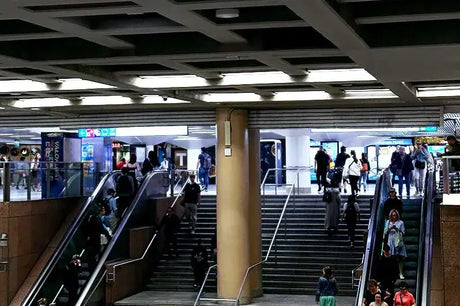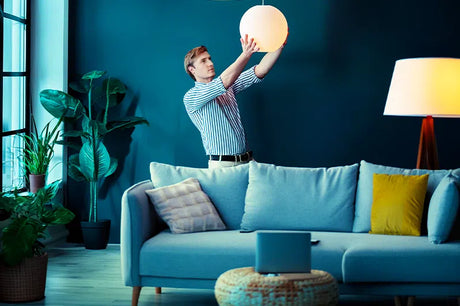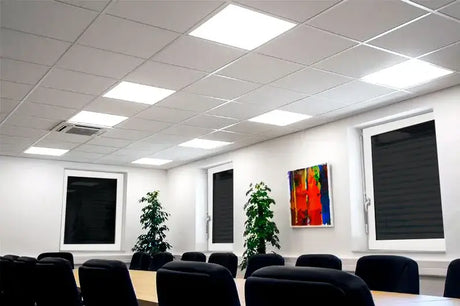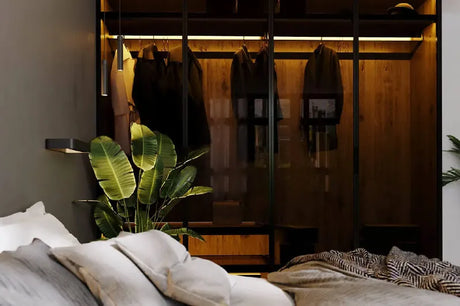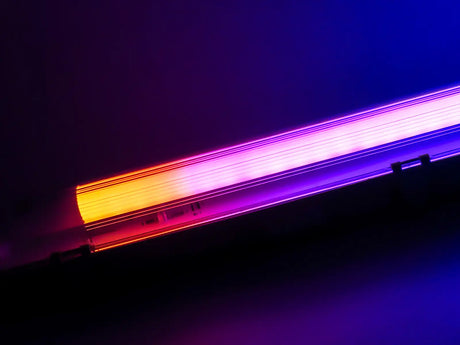The Impact of Light Color on Consumer Behavior in Retail Environments
Light is a crucial aspect of our daily lives, profoundly affecting our mood and behavior. One aspect of light that significantly influences our perception is light color. Different light colors can evoke varying emotions and responses in people. In this blog post, we will explore the impact of light color on consumer emotions and purchasing behavior. We will also look at examples of light color usage in supermarkets, stores, restaurants, and shopping malls, and discuss the importance of light brightness and glare in commercial spaces.
Light Color and Emotions
Several studies have shown that light color has a significant impact on people's mood. A study by the University of Toronto found that warm light colors, such as yellow and orange, can stimulate positive emotions like joy and coziness in consumers1 On the other hand, research from the University of Amsterdam shows that cooler light colors, like blue and green, have a calming and relaxing effect on people, leading to a more pleasant shopping experience2.
Light Color and Purchase Behavior
Using the right light colors can also influence consumer purchasing behavior. According to research conducted by Philips Lighting, implementing warm lighting in a clothing store led to a remarkable 18% increase in impulse purchases among customers.3 Cooler light colors, on the other hand, can influence buying behavior by evoking a sense of objectivity and rationality. A study published in the Journal of Consumer Psychology found that customers exposed to cool lighting were more likely to make considered decisions when buying higher-priced products, resulting in an average 12% increase in total purchase value.4
Examples of Light Color Usage
Supermarkets: A good example of light color usage in supermarkets can be seen in a case study by Walmart. By implementing LED lighting with a color temperature of 3000K in their stores, Walmart reported a notable 15% increase in the average purchase value per customer, indicating that customers were more drawn to the products offered.
Stores: In an experiment conducted by the German Lighting Center (Lichtzentrum) in collaboration with a fashion chain, it was found that using a color temperature of 4000K in window displays resulted in a 20% higher conversion rate of passersby into potential customers compared to lower color temperatures.6
Restaurants: A study published in the Journal of Applied Social Psychology showed that restaurants with warm and dimmed lighting had a 25% increase in the average spending per table, indicating that customers stayed longer and ordered more compared to restaurants with brightly lit spaces.7
Shopping Malls: An analysis of light color usage in shopping malls found that applying different color temperatures in different zones, such as 3000K in recreational areas and 3500K in shopping promenades, positively impacted overall customer satisfaction regarding the lighting level.8
The Role of Brightness and Glare
Studies have shown that glare exceeding 19% is perceived as disturbing and can negatively impact consumer shopping behavior.9 Using luminaires with a lower glare index can solve this problem. An analysis by the National Renewable Energy Laboratory shows that luminaires with a Unified Glare Rating (UGR) of less than 19 improve visual clarity and enhance customer comfort in commercial spaces.10
Conclusion
Light color is a powerful tool that commercial businesses can use to influence consumer emotions and purchasing behavior. By using specific color temperatures and luminaires with a low glare index, businesses can create an attractive and welcoming environment, ultimately leading to increased customer satisfaction and improved sales performance.
References:




